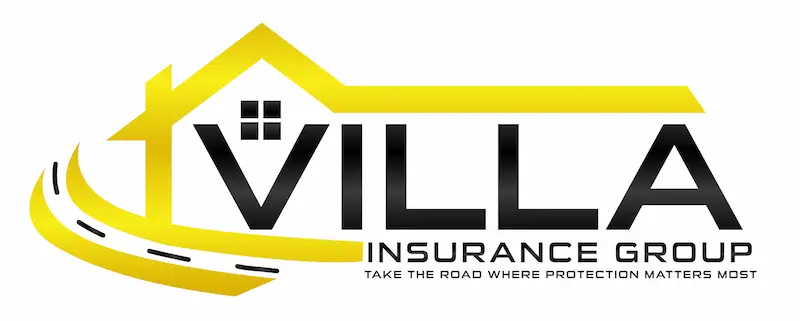As homeowner’s insurance companies become more selective about whom they will or won’t cover, one element that can make or break the deal is the age of the roof.
Some insurers in states at high risk of natural catastrophes are refusing to offer coverage for homes with roofs of a certain age. Some carriers won’t accept or may restrict coverage for a home with a roof that’s older than 10 years, while others cut it off at 20 years.
Roof damage accounts for more than half of homeowner’s insurance claims, according to online lending marketplace Lending Tree, and with older roofs come more chances for damage during storms. Age can cause shingles to become brittle and break or decay, and high winds can dislodge damaged shingles and send them flying.
However, the issue that insurers have is getting an accurate number for how old the roof is. According to a report by insurance consulting firm CBIZ, incorrect roof age information results in $1.3 billion in premium leakage every year for the U.S. insurance industry.
There are two issues insurers face:
Deception — Some policyholders or prospective customers may lie about the age of their roof (a bad idea) if they fear being rejected for coverage or having to pay a higher premium. Insurers may price policies differently, depending on the age of the roof.
Obviously, lying about a roof’s age may lead to a lower premium, but the carrier is being shortchanged for the additional risk it is unknowingly taking on.
However, if the policyholder files a roof-related claim, the claim could be denied due to the deception, and the policyholder would likely be dropped when the policy expires.
The homeowner doesn’t know — More often, the case is that a policyholder may not know how old the roof is because they bought the home years after the roof was replaced. Often when a home is purchased, the sellers will note the age of the roof, but not always.
If you don’t know the age of your roof, you may be able to do a search at your local building permit office if your jurisdiction requires such permits to replace roofs.
What some insurers are doing
With roof damage claims so prevalent, insurers are taking matters into their own hands:
- Some may access building permits, but not all municipalities require permits for roof replacements, particularly after a major storm.
- Some carriers may conduct an in-person inspection of the roof.
- Some use historical aerial imagery to estimate a roof’s age. This requires a person to look over years of images to determine when the roof was replaced. As a result, some insurers are using AI tools to do this work for humans.
The benefits of a new roof
Most home insurance policies will pay for a new roof if the damage is due to sudden or accidental damage from a covered peril, such as:
- Falling objects, such as tree branches
- Fire
- Hail
- Hurricanes
- Rain
- Tornadoes
- Vandalism.
If you have a newer roof, you will benefit in the form of lower premiums and, if you have to file a claim, you may see a higher payout, depending on the policy type you have. The preferred policy is a replacement cost policy since it will pay the same amount regardless of the age of the roof.
However, actual cash value policies would pay out less, depending on the age of the roof.
Get a Free homeowners policy review online today!
Are you looking for homeowners insurance in Lynnwood Washington? We are a local top rated insurance independent agent protecting all aspects of your life, from your business to your autos and home, we have you covered! The benefit of choosing an independent agent like us means options. We have relationships with many top-rated carriers to give you the home insurance coverage you need that fits your budget. Don’t wait, call us today at (425) 771-9000 or visit our Quotes Online and start saving money.
